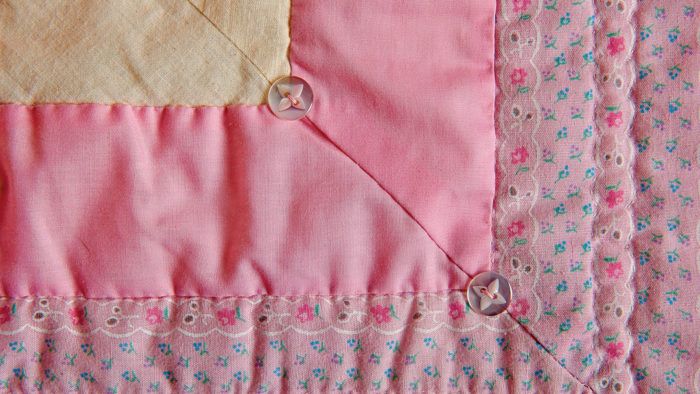
A “Buttoned” Quilt
I don’t always have time to sew zillions of quilting stitches when I make a quilt. While tying works well, I often sew small, flat buttons on one quilt side—or sometimes on both sides—at each location instead of a tie. Flat buttons work best, especially if someone might sit on or lean against the finished quilt.
—Linda Grignolo, Wellesley, Massachusetts
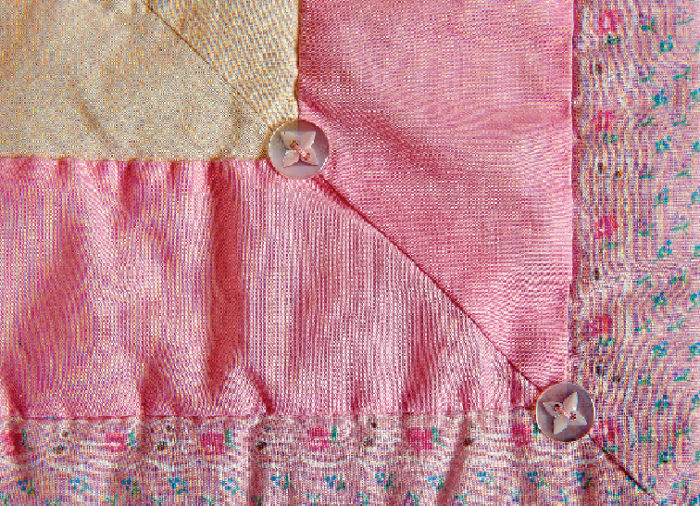
Scan a Design
When I find a design element I want to remember—an embroidered motif, a quilt block I admire, etc.—I copy it using a scanner. The design is reproduced in its original size, but I can also enlarge or reduce the image using the scanner. If the design involves overlapping, intersecting, or seamed pieces, I make multiple copies as needed to create a pattern for each element (I add seam allowances). The “pattern” pieces fit back together perfectly.
—Effat Maher, Victoria, British Columbia, Canada
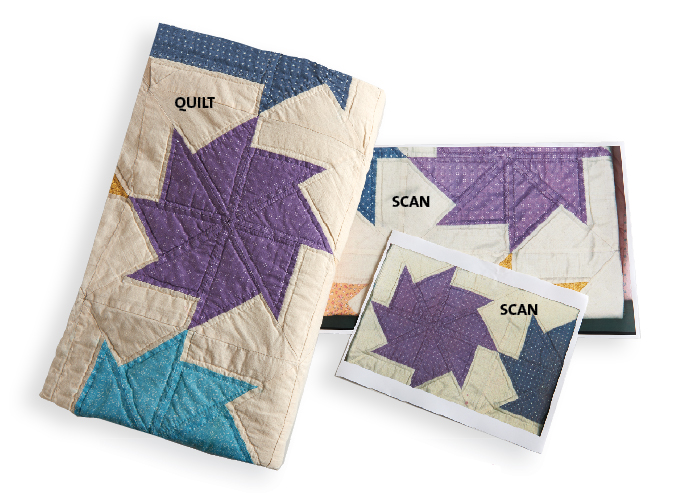
Quick, Damage-Free Quilt Hanging
When quilts that don’t have a back rod pocket are hung in craft shows or galleries, they often are pinned to the wall. I cringe at the thought of holes poked in the fabric. Instead, I use 2-inch-wide black binder clips (also called bulldog clips) to hold the quilt firmly without punctures. Pinch a clip’s silver handles together to open it, then position one clip every 6 inches to 12 inches along the quilt’s top. Next, remove each clip’s handles by squeezing them out of their metal pocket, leaving only the clip’s black section. There is sufficient space between the top of each clip and the quilt binding to slide a dowel or telescoping curtain rod through the clips. The quilt can be hung evenly and tightly without stretching or poking holes in the fabric.
—Jennifer d’Entremont, Hammonds Plains, Nova Scotia, Canada
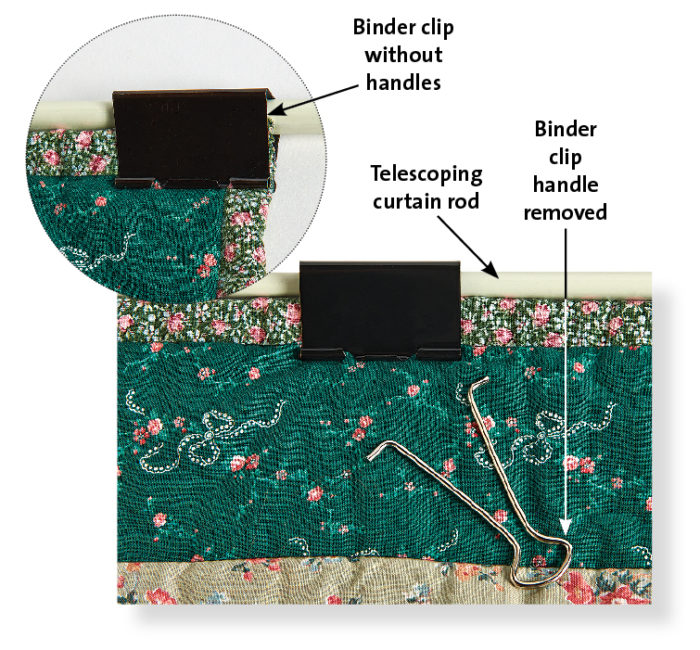
These tips were excerpted from “Simplify Your Quilting,” p. 10 in the special edition, Quick Stuff to Quilt, Fall 2014.


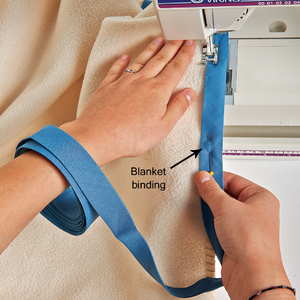


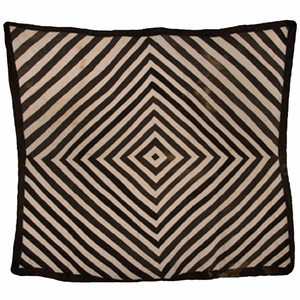

























Log in or create an account to post a comment.
Sign up Log in